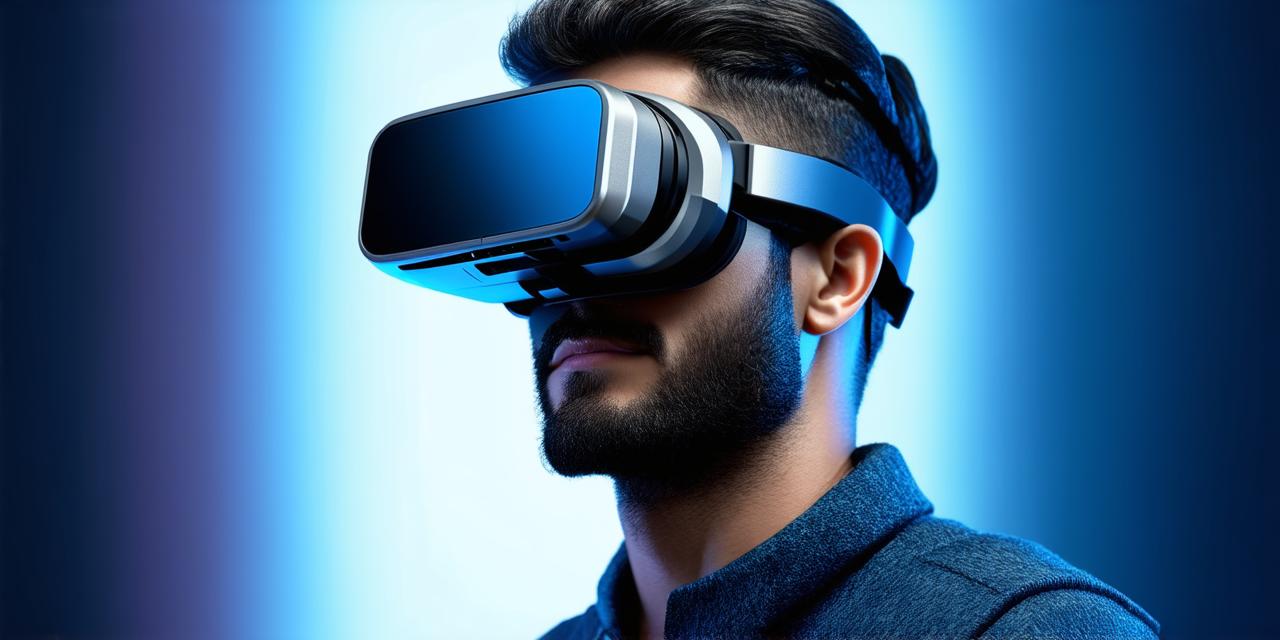Virtual reality (VR) technology is a powerful tool that has gained widespread attention in recent years for its potential applications in various fields, including therapy. VR technology allows individuals to experience and interact with simulated environments that can be tailored to their specific needs and goals.
Which Therapy Commonly Employs Virtual Reality Technology?

Virtual reality technology has found its way into a variety of therapy settings, including:
- Psychotherapy
- Exposure therapy
- Pain management
- Rehabilitation therapy
1. Psychotherapy
Psychotherapy involves working with a therapist to address mental health issues and improve overall well-being. VR therapy can be used in psychotherapy to simulate real-life situations that trigger anxiety or other negative emotions, allowing individuals to practice coping strategies in a safe and controlled environment.
2. Exposure therapy
Exposure therapy is a form of psychotherapy that involves gradually exposing individuals to situations or stimuli that trigger anxiety or other negative emotions, in order to desensitize them over time. VR technology can be used to simulate these situations and stimuli, making it easier for individuals to confront and overcome their fears in a controlled environment.
3. Pain management
Pain management involves helping individuals cope with chronic pain by using a variety of techniques, including therapy. VR therapy has been found to be effective in reducing pain levels for individuals with chronic conditions such as fibromyalgia, arthritis, and neuropathic pain. By creating a virtual environment that distracts the mind from pain and promotes relaxation, VR therapy can help individuals manage their pain more effectively.
4. Rehabilitation therapy
Rehabilitation therapy involves helping individuals regain physical function after an injury or illness. VR technology has been used in rehabilitation therapy to simulate real-life scenarios that require specific skills and movements, allowing individuals to practice and improve their abilities in a controlled environment. For example, a person recovering from a stroke might use VR therapy to practice walking and other motor skills.
Benefits of Virtual Reality Therapy
Virtual reality technology offers several benefits for therapy, including:
- Customization
- Safety
- Cost-effectiveness
- Engagement
Summary
Virtual reality technology has found its way into a variety of therapy settings, including psychotherapy, exposure therapy, pain management, and rehabilitation therapy. By allowing individuals to practice coping strategies, confront fears, manage pain, and regain function in a controlled environment, VR therapy can enhance the therapeutic experience and promote improved well-being. As virtual reality technology continues to evolve, it is likely that we will see even more innovative applications in therapy and beyond.



